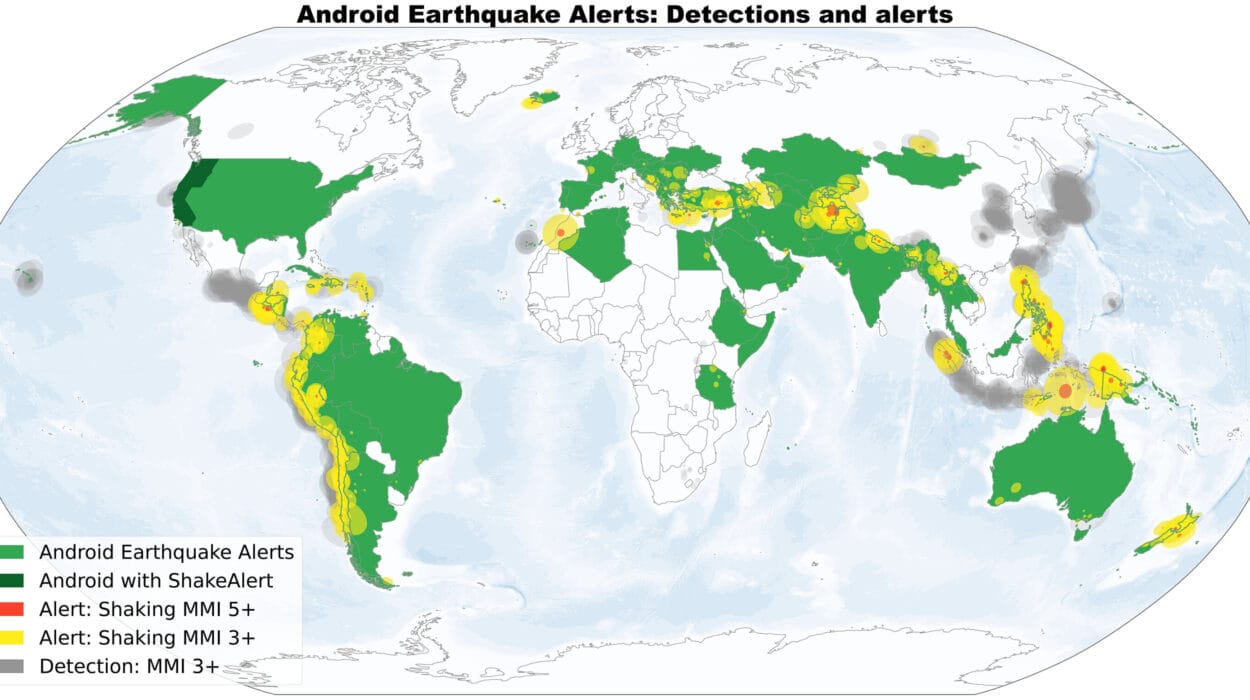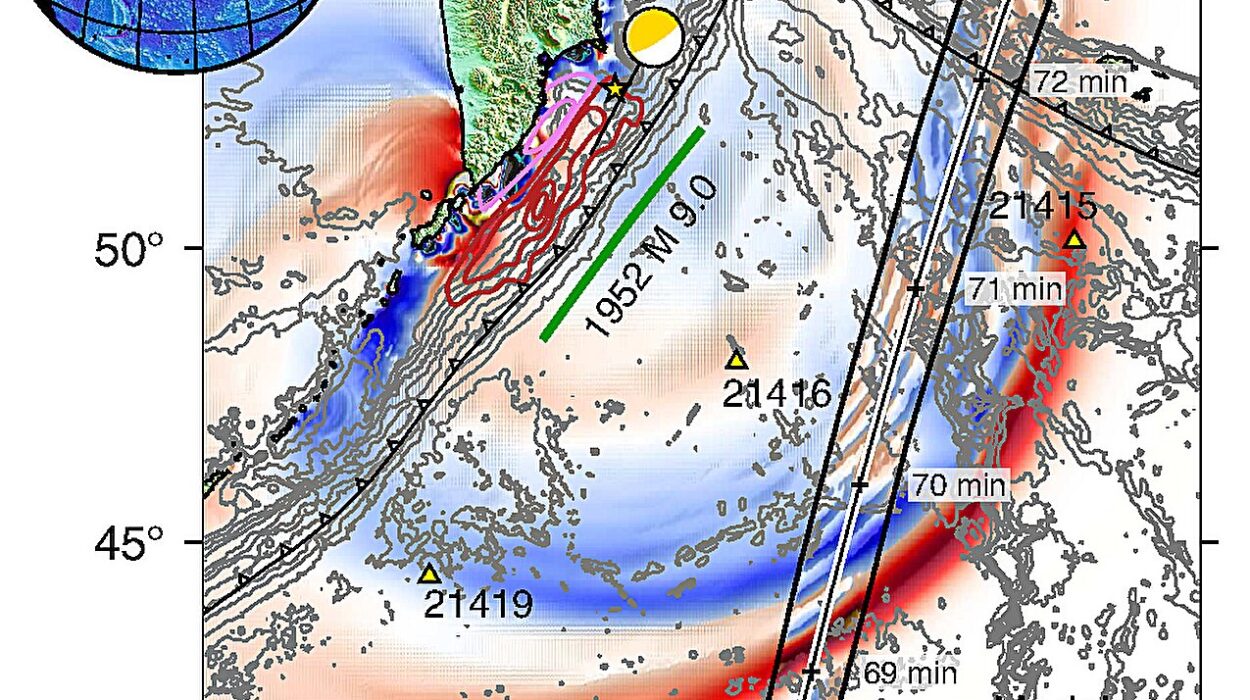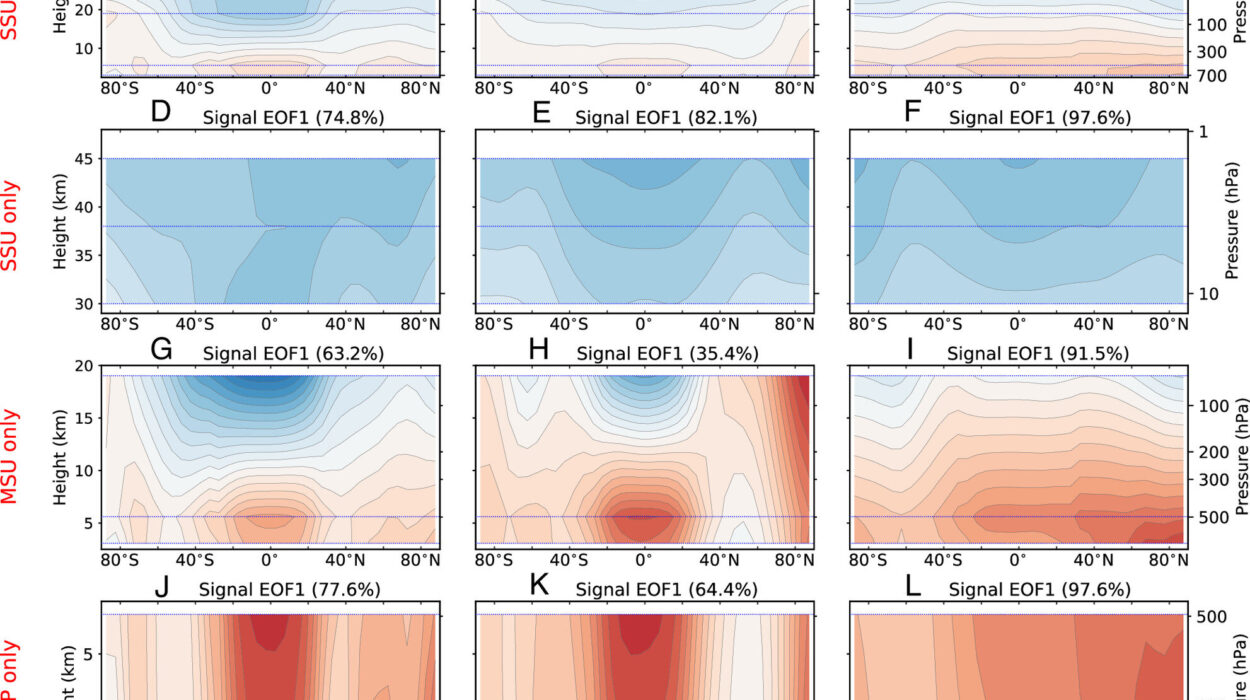In the summer of 2023, a strange and unsettling phenomenon swept across the North Atlantic Ocean. From the icy fringes of Greenland to the golden sands of the Sahara, all the way across to the Americas, the surface waters of the Atlantic warmed with astonishing speed. This wasn’t just a blip on the radar of marine science—it was a full-blown, off-the-scale marine heatwave, one that shocked even the climate scientists who have grown used to bad news.
According to a major international study led by the University of New South Wales (UNSW) and published in Nature, this marine heatwave didn’t just break records—it shattered them. It was so intense that it packed two decades’ worth of warming into a single summer.
“The ocean warmed like never before,” said lead author Professor Matthew England from UNSW Sydney. “This was not something we expected, nor something we’d seen. The rate of change was breathtaking.”
And yet, behind this meteorological fever was a complex weave of forces, both short-term and long-standing: a rare combination of feeble winds, intense sunlight, cleaner skies—and climate change’s invisible hand steadily turning up the global thermostat.
A Cold Blob’s Unexpected Revenge
Ironically, Professor England was deep in research on something quite the opposite: a persistent “cold blob” southeast of Greenland—a patch of ocean cooling for decades despite the rest of the globe heating up. This anomaly had been linked to the weakening of the Atlantic Meridional Overturning Circulation (AMOC)—a conveyor belt of ocean currents that help regulate Earth’s climate. You might remember a dramatized version of its collapse from the 2004 movie The Day After Tomorrow.
That cold patch had been a slow, enduring mystery of climate science. So when temperatures in the same region began to spike in early 2023, the research team paused.
“At first, we wondered if this meant the circulation was making a comeback,” said Prof. England. “But the warming was far too rapid. Something different, something more immediate, was happening.”
They were witnessing not a shift in ocean currents but a convergence of multiple climate phenomena, each amplifying the others—and creating one of the most extreme marine events in recorded history.
The Thinning Shield Between Ocean and Sun
To understand how the ocean got so hot so fast, you need to understand how it normally behaves. The ocean is not a uniform body of water; rather, it has layers. The upper layer—typically about 20 to 40 meters deep—is directly affected by the sun. This is the surface we see, the water that interacts with the atmosphere, and the part that heats up most quickly.
But in 2023, this layer became unusually thin—at times, in some regions, just 10 meters deep.
“This is a critical detail,” explained Associate Professor Alex Sen Gupta, also from UNSW. “A thinner upper ocean layer means the sun’s heat doesn’t need to spread through as much water. Imagine trying to warm up a shallow frying pan of water compared to a deep pot—it’s going to happen much faster.”
Why was the layer so thin? The answer: record-breaking weak winds.
Winds play a vital role in mixing ocean water, stirring cooler water up from below and keeping the surface layer relatively deep and stable. But in June and July of 2023, the North Atlantic experienced the weakest winds on record. As a result, the mixing stopped. The sun’s rays had a much thinner layer of water to penetrate, and the surface temperatures skyrocketed.
UNSW’s Dr. Zhi Li, who led the observational analyses, confirmed the data: “In some areas, the upper layer was barely 10 meters deep. That’s unprecedented. The sun essentially had direct access to heat the ocean.”
Climate Change: The Quiet Amplifier
As shocking as the short-term changes were, their roots go deeper—into the long-term influence of global climate change.
With each passing year, the upper ocean has been slowly thinning due to warming. As surface water heats, it becomes less dense, making it harder for winds to stir it. This inhibits vertical mixing and causes the upper layer to shrink even more. It’s a subtle process—almost invisible year to year—but over decades, the effect is profound.
So in 2023, when record-weak winds arrived, the stage had already been set by climate change. The ocean was primed for overheating.
“Climate change didn’t light the match,” said Dr. Li, “but it laid all the kindling.”
Clearer Skies, Hotter Seas
There was one more ingredient in this stew of rising temperatures—an unlikely one. In 2020, new international shipping regulations were introduced to reduce sulfur emissions from ships, part of a global effort to improve air quality. And they worked. Skies above major shipping lanes cleared up.
But those clearer skies had a climate catch: sulfur aerosols, despite being pollutants, also help form clouds. Without them, there were fewer clouds over the North Atlantic. Less cloud cover means more sunlight hitting the ocean surface. And in an area with already weakened winds and an ultra-thin upper ocean layer, that sunlight supercharged the heating.
“Think of it like removing the umbrella just as the sun got hotter,” said Prof. England. “It added fuel to the fire, but the fire had already been set by wind patterns and climate change.”
Still, the team emphasized that air pollution controls are a net positive for human health and the planet. The clearer skies were not the main cause of the marine heatwave—they just added heat in specific regions already under stress.
When the Ocean Boils, the World Burns
What happens in the ocean doesn’t stay in the ocean.
The searing heat of the North Atlantic soon radiated into the atmosphere, changing the temperature and behavior of the air above. This, in turn, contributed to record-shattering heat waves across Europe in the summer of 2023.
In cities from Paris to Berlin, thermometers soared past 40°C. Lives were lost. Emergency rooms overflowed. Simultaneously, devastating rainfall pummeled parts of Spain and Eastern Europe, overwhelming cities with flooding.
Meanwhile, in the Caribbean, coral reefs—already stressed from years of bleaching—began to die en masse. Marine ecosystems that had evolved over millennia were suddenly teetering on collapse.
And then came the hurricanes. Ocean heat is the fuel hurricanes crave, and in 2023, they had more than enough. Hurricane Idalia slammed into Florida, leaving a trail of destruction, eight fatalities, and over $3.6 billion USD in damages.
“This wasn’t a localized heat patch,” said Professor Stefan Rahmstorf from Germany’s Potsdam Institute for Climate Impact Research. “This was the entire North Atlantic acting as a planetary heat engine—with direct impacts on human lives, ecosystems, and global weather patterns.”
The New Normal—or Worse?
Scientists say this wasn’t a once-in-a-lifetime event. It was a preview.
As the climate warms, these types of marine heatwaves—once rare—are becoming increasingly common and more severe. The thinned upper ocean layer is not expected to rebound. If anything, it will continue to shrink, making the seas even more vulnerable to overheating.
“These events are temporary, yes,” said Prof. England. “But they’re becoming more frequent, more intense, and more damaging. The legacy of the 2023 heatwave is still being felt over a year later.”
What We Can Do: A Final Warning
The message from the researchers is stark, but not without hope.
The only way to stop this trend, they say, is to aggressively phase out fossil fuels and reach net-zero emissions as soon as possible. The longer we wait, the hotter our oceans become—and the more chaotic the planet’s weather will grow.
“Net zero can’t wait until 2050,” said Prof. England. “We need transformative action now. Every year we delay, we lose more ground. And the oceans, the air, the ecosystems—they’re all keeping score.”
The 2023 North Atlantic heatwave was a wake-up call. Whether we answer it—or keep hitting snooze—remains to be seen.
Reference: Matthew England, Drivers of the extreme North Atlantic marine heatwave during 2023, Nature (2025). DOI: 10.1038/s41586-025-08903-5. www.nature.com/articles/s41586-025-08903-5






